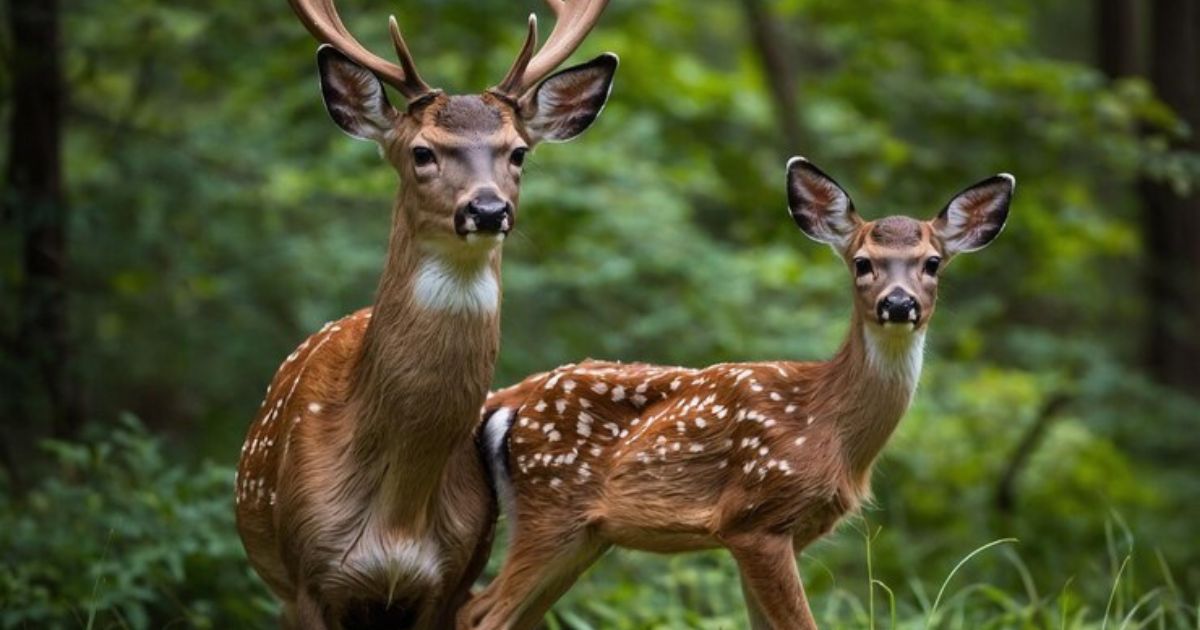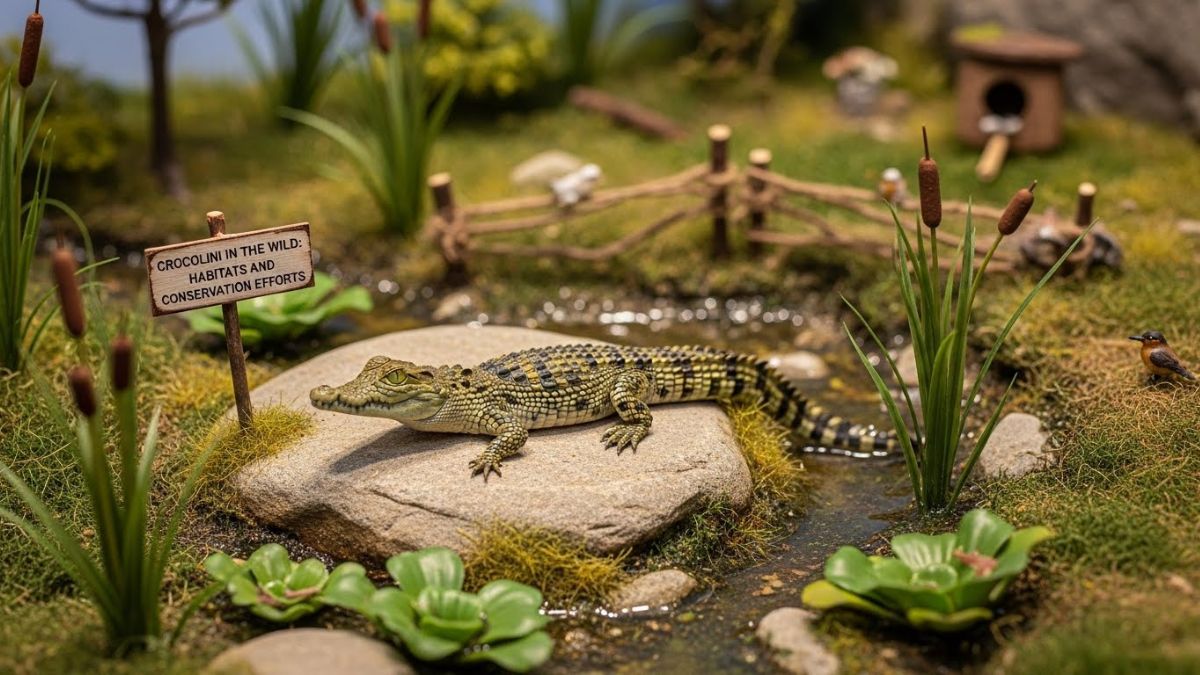Venado, meaning “deer” in Spanish, holds deep cultural, spiritual, and ecological significance across various societies. From Native American tribes and Latin American folklore to modern wildlife conservation, the concept of venado stretches far beyond just an animal in the woods. It’s a symbol, a sacred being, and a source of awe.
Cultural Significance of the Venado
In many indigenous cultures, the venado represents grace, agility, and intuition. Native American legends, for instance, often portray the deer as a spiritual guide—alert, swift, and deeply connected with nature. In Mesoamerican traditions, especially among the Huichol people, venados are seen as messengers between humans and gods.
Venado in Mythology and Folklore
The venado has a recurring role in mythologies around the world. In Mayan beliefs, the deer was linked to fertility and abundance. It also appears in numerous folktales where it serves as a clever trickster or wise creature leading heroes on their journeys. Its symbolic value made it a sacred animal in many ancient rituals.
Symbolism of the Venado in Spiritual Practices
Spiritually, the venado is associated with gentleness, innocence, and inner peace. In meditation and dream interpretation, seeing a deer often represents new beginnings or spiritual awakenings. Some consider the deer as a totem animal that helps in understanding one’s path and emotional clarity.
The Venado as a National Symbol
In various countries, the venado is either an official or unofficial emblem of wildlife heritage. In Mexico, certain subspecies like the white-tailed deer are protected and revered. In Costa Rica, venados roam freely in national parks and are cherished as symbols of the country’s dedication to biodiversity.
Ecological Importance of the Venado
Deer play an essential role in forest ecosystems. They help with seed dispersion, shape vegetation patterns, and serve as prey for larger predators. Their presence indicates a balanced ecosystem, while their absence could signal ecological distress.
Types of Venado Around the World
There are numerous species of deer, including the white-tailed deer, mule deer, red deer, and fallow deer. Each species has adapted to different environments—from North American forests and European woodlands to the grasslands of South America and Asia.
Venado in Mexican Culture
In Mexican indigenous culture, particularly among the Huichol (Wixárika), the deer is deeply spiritual. The “Venado Azul” (Blue Deer) is central to many ceremonies, believed to guide shamans during peyote rituals. Its image is commonly found in yarn art and beaded crafts that tell sacred stories.
Venado in Art and Literature
Artists often use the venado as a muse. Its elegance and mystery have been depicted in paintings, sculptures, and literature throughout centuries. Mexican poet José Emilio Pacheco and artists like Francisco Toledo have incorporated deer into works to symbolize purity, death, or transformation.
Venado and Conservation Efforts
Deer species are increasingly facing habitat loss due to urbanization and climate change. Conservation programs focus on protecting their natural environments, preventing poaching, and educating communities on coexisting with wildlife. The venado, as a recognizable and admired animal, often becomes the face of these efforts.
Hunting and Ethical Perspectives on Venado
Historically, hunting deer provided meat, hides, and tools. Today, while some cultures maintain traditional practices, many advocate for ethical hunting laws or wildlife photography over killing. Ethical discussions about hunting venado revolve around sustainability and respect for ecosystems.
Venado in Festivals and Celebrations
In Latin America, the deer dance or “Danza del Venado” is a ritual performance portraying the spiritual journey of the deer and the hunter. This dance, especially practiced in northern Mexico by the Yaqui and Mayo peoples, is a vibrant expression of culture, symbolism, and storytelling.
Modern Interpretations of Venado
Modern culture embraces the venado in logos, tattoos, fashion, and media. It’s often used to convey themes of freedom, vulnerability, and resilience. In social media and branding, the deer has become a trendy yet timeless icon representing calmness and natural beauty.
Venado in Tourism and Local Economies
In regions where deer roam freely, venado-based ecotourism supports local economies. Nature enthusiasts travel to forests and reserves to observe deer in their natural habitat. These experiences promote environmental awareness and bring attention to conservation issues.
Challenges Facing Vena’do Populations
Ve’nado populations are under pressure from habitat fragmentation, road accidents, and illegal hunting. Climate change affects their food sources and migration patterns. Conservationists are working to develop corridors and protected areas to ensure their survival.
How to Help Protect the Ve’nado
You can support venado protection by donating to wildlife organizations, spreading awareness, avoiding products linked to habitat destruction, and advocating for policies that safeguard nature. Even small actions can collectively make a big difference.
Conclusion
The v’enado is much more than a deer—it’s a cultural icon, a spiritual messenger, and a vital part of our ecosystems. Whether featured in sacred rituals or admired in the wild, venados continue to capture the human imagination. Protecting them is not just about saving an animal; it’s about preserving a connection to nature, tradition, and deeper meaning.
FAQs
What does the ve’nado symbolize in Native American culture?
The ve’nado symbolizes grace, spirituality, and intuition. It is often seen as a spiritual guide and a bringer of peace.
What is the “Danza del Ven’ado”?
The “Danza del Venado” is a traditional Mexican deer dance performed by indigenous communities to symbolize the deer’s spiritual journey and relationship with humans.
Are ve’nado species endangered?
Some species are threatened due to habitat loss and hunting, but conservation efforts are ongoing to protect their populations.
How do venados impact the environment?
Ven’ados help maintain ecosystems by dispersing seeds and serving as prey for predators. Their activity shapes plant growth and forest composition.
How can I support ven’ado conservation?
Support conservation by donating to wildlife groups, practicing eco-tourism, avoiding deforestation-linked products, and advocating for environmental policies.











